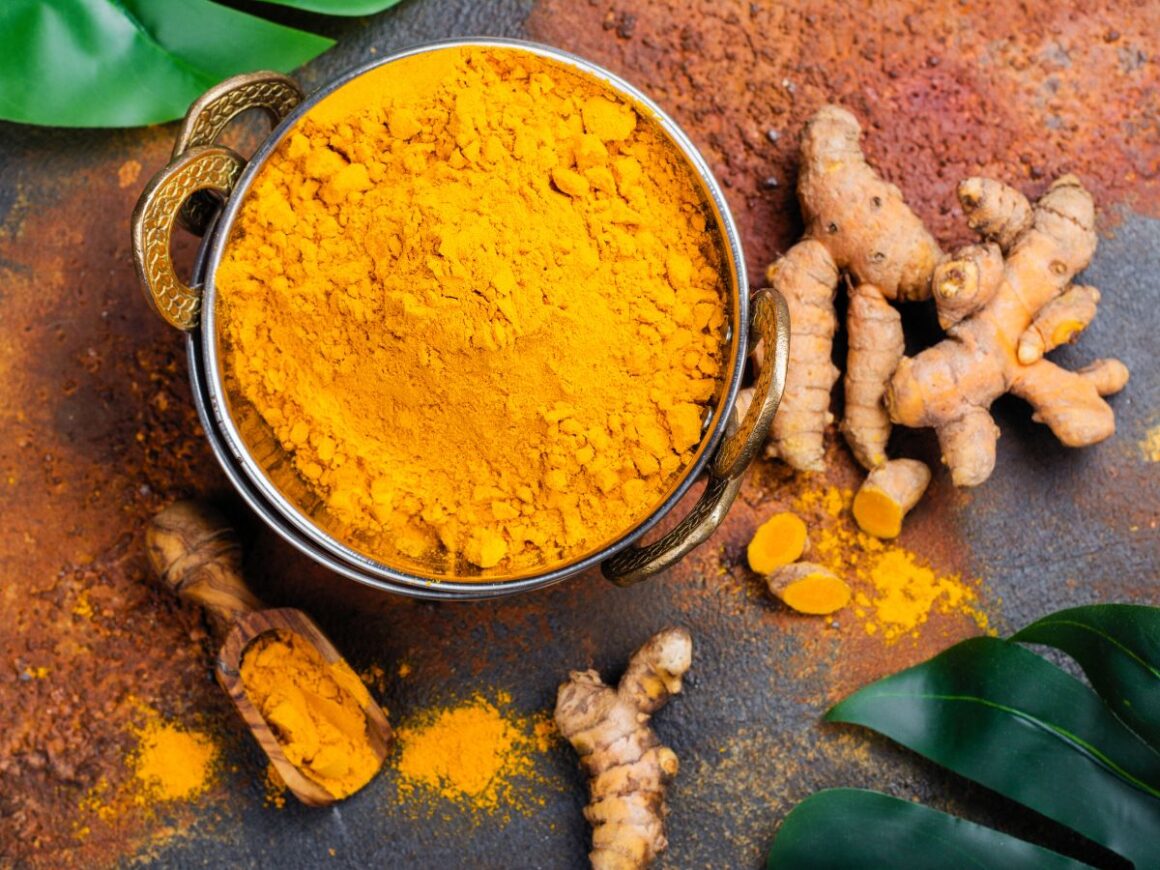New Delhi, 10 November 2024: Turmeric is a beloved spice celebrated for its vibrant hue and health advantages, yet it has recently faced criticism due to lead contamination. Health experts warn that lead in turmeric can have serious health effects for both children and adults. This article sheds light on this concerning issue, explores the potential health risks involved, and offers tips on how consumers can shield themselves from lead exposure.
What is Lead Contamination?
Lead contamination means the unwanted presence of lead, a harmful heavy metal, in our food. Turmeric can pick up lead during its growth, harvesting, or processing. This often happens when farmers use lead-laden fertilizers or when the spice isn’t processed properly. The situation worsens since turmeric is often imported from countries where food safety regulations are not as strict.
Why is Lead Dangerous?
Lead is a nerve toxin that poses serious health risks, especially for vulnerable groups such as children and pregnant women. Exposure can lead to developmental issues, learning disabilities, and behavioral challenges in children. For adults, lead exposure can lead to problems like high blood pressure, kidney damage, and reproductive issues. It’s vital for consumers to recognize the dangers of lead, particularly if they might be consuming contaminated turmeric.
The Health Consequences for Children
Children are more vulnerable to the harmful impacts of lead. Their developing bodies and brains absorb lead more easily than those of adults, leading to significant health issues. Experts emphasize that even low levels of lead can negatively affect a child’s cognitive growth and school performance. Parents should be careful about the turmeric they use in cooking, ensuring they buy from trustworthy suppliers.
The Impact on Adults
Although children face higher risks, adults are not exempt from lead’s dangers. Long-term lead exposure can contribute to serious health conditions, like heart disease and neurological problems. Moreover, lead tends to build up in the body over time, making it essential for adults to remain cautious about their turmeric intake. Being aware of lead contamination plays a key role in sustaining good health for adults too.
How to Identify Safe Turmeric
To lower the chance of lead exposure, consumers should take the initiative to identify safe turmeric products. It’s wise to choose brands that carry out third-party testing for heavy metals, including lead. Opting for organic turmeric from reputable sources can also decrease the risk of contamination. A little research and label-reading can empower consumers to make wiser choices.
Regulatory Measures and Consumer Awareness
Regulatory agencies are starting to address the issue of lead contamination in turmeric. Enhanced testing and stricter regulations for imported spices are crucial for protecting consumers. However, raising consumer awareness is equally important in fostering change. By demanding clarity in food sourcing and requesting safer products, consumers can help reduce the risks tied to lead in turmeric.

